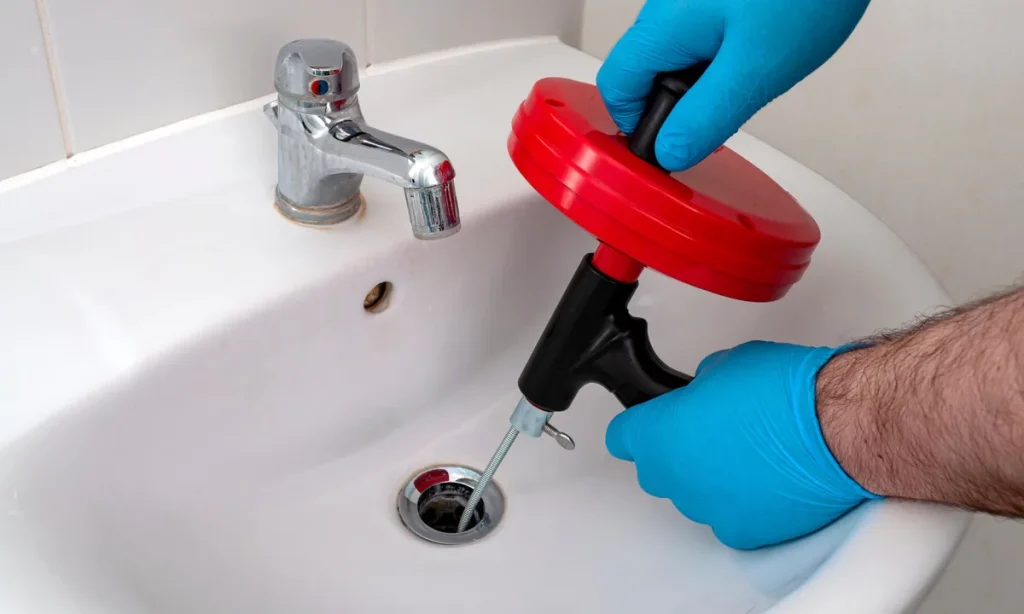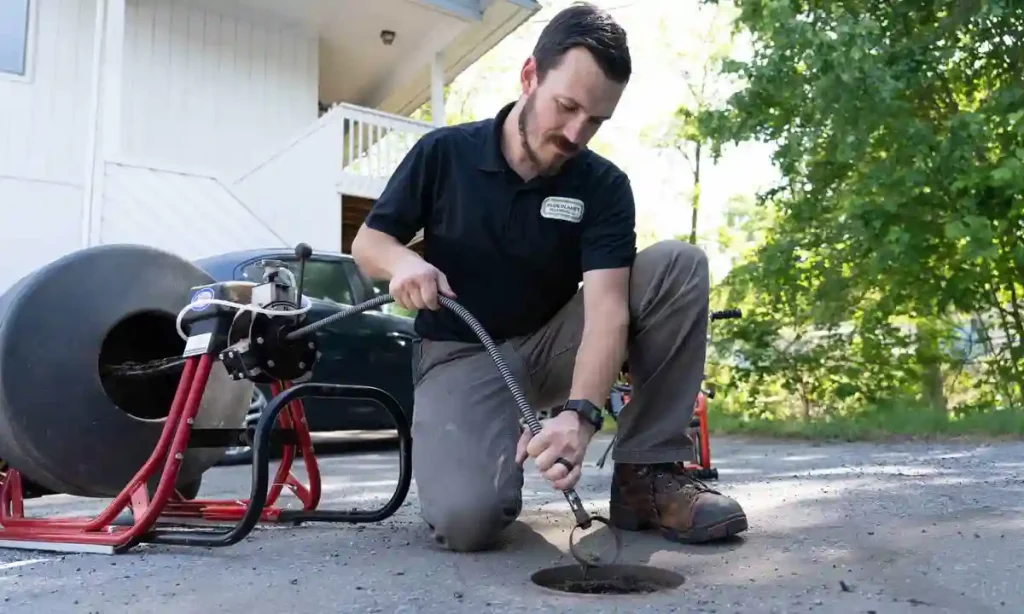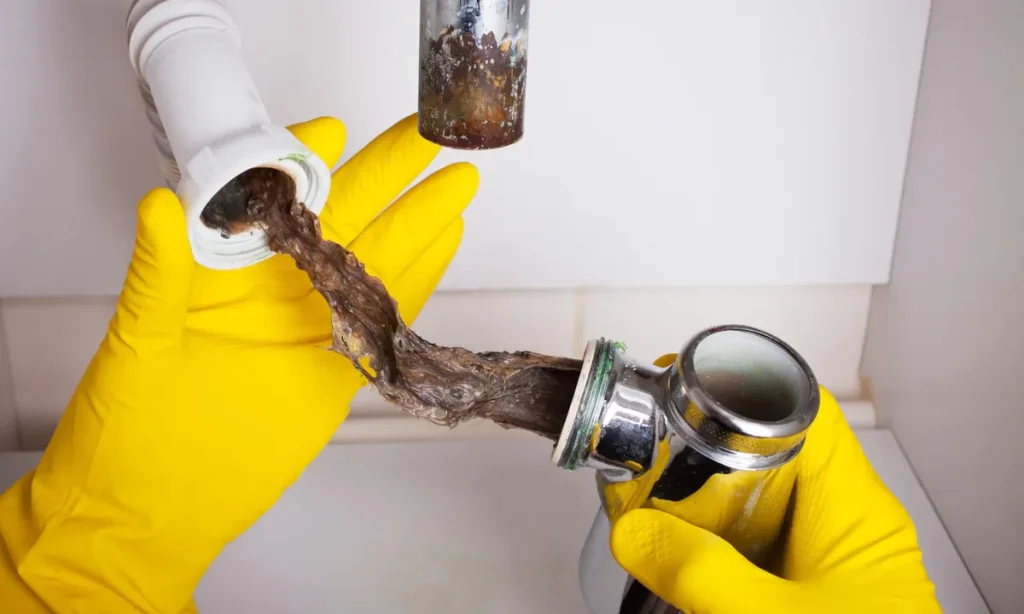Dealing with stubborn clogs and blockages in drains brings various methods. Two popular options are hydro-jetting and traditional drain cleaning methods. In this article, The Pro Plumbing will explore these two techniques and compare them to determine which one is better suited for clearing out drains effectively. We will discuss their processes, benefits, limitations, and the situations in which each method excels. By the end of this article, you will have a clearer understanding of whether hydro-jetting or traditional drain cleaning is the right choice for your needs.
Understanding Hydro-jetting
Hydro-jetting is a drain cleaning technique that utilizes high-pressure water streams to remove debris and buildup from pipes. It involves the use of specialized equipment, such as a high-powered water jetting machine and a nozzle attached to a flexible hose. The water is pressurized and propelled through the hose, allowing it to blast away accumulated sediment, grease, and other obstructions inside the drain pipes. Hydro-jetting is typically performed by professional plumbers who have the necessary equipment and expertise to ensure effective and safe results.

The Advantages of Hydro-jetting
One of the significant advantages of hydro-jetting is its ability to thoroughly clean drains. The high-pressure water stream can dislodge and flush out even the toughest clogs, including tree roots and mineral deposits. Additionally, hydro-jetting is a non-invasive method that does not require the use of harsh chemicals, making it environmentally friendly. It is also a versatile technique that can be used for various types of drains, such as kitchen sinks, bathroom drains, and sewer lines. Moreover, hydro-jetting helps in preventing future clogs by removing the debris that can lead to blockages.
The Limitations of Hydro-jetting
While hydro-jetting offers numerous benefits, it may not be suitable for all situations. One limitation is that it requires professional equipment and expertise, making it a more expensive option compared to traditional drain cleaning methods. Additionally, older or fragile pipes may not withstand the high-pressure water stream and could potentially get damaged during the process. Furthermore, hydro-jetting may not be effective in removing certain types of blockages, such as solid objects or collapsed pipes. It is crucial to assess the specific conditions of the drain before deciding on the best approach.
Traditional Drain Cleaning Methods
Traditional drain cleaning methods encompass a range of techniques that have been used for many years. These methods typically involve the use of tools like drain snakes or augers, plungers, and chemical drain cleaners. Drain snakes or augers are long, flexible cables with a corkscrew-like tip that is inserted into the drain to dislodge and break up clogs. Plungers create pressure and suction to force blockages out. Chemical drain cleaners, on the other hand, use strong chemicals to dissolve or break down the clogs. Traditional drain cleaning methods are often employed by homeowners as a do-it-yourself solution.

The Benefits of Traditional Drain Cleaning Methods
One notable advantage of traditional drain cleaning methods is their accessibility and affordability. Tools like plungers and drain snakes are readily available in hardware stores and can be used by homeowners without professional assistance. They can effectively handle minor clogs and blockages, providing a quick solution for common drain problems. Traditional methods also pose a lower risk of damaging older or delicate pipes since they do not rely on high-pressure water streams. Moreover, chemical drain cleaners can be useful for breaking down organic matter, although they should be used with caution and following the instructions carefully.
The Limitations of Traditional Drain Cleaning Methods
While traditional drain cleaning methods can be effective for minor clogs, they may fall short when dealing with more severe blockages. Drain snakes and plungers may not have enough power to remove stubborn obstructions like tree roots or hardened debris. Chemical drain cleaners, although convenient, can be harmful to the environment and pose health risks if not used properly. Moreover, these methods often provide temporary relief, as they may not address the underlying causes of the clogs, leading to recurring issues. For complex or persistent blockages, a more robust and thorough approach like hydro-jetting may be necessary.
Choosing the Right Method for Your Needs
Determining whether hydro-jetting or traditional drain cleaning methods are better for your needs depends on several factors. For routine maintenance and minor clogs, traditional methods can be a cost-effective and accessible solution. However, if you are dealing with persistent or severe blockages, hydro-jetting offers a more powerful and comprehensive cleaning approach. It is crucial to assess the condition of your pipes, the nature of the clog, and seek professional advice if necessary. Ultimately, the choice between hydro-jetting and traditional drain cleaning methods should be based on the specific circumstances and desired long-term results.
Safety Considerations
When it comes to drain cleaning, safety should always be a top priority. Both hydro-jetting and traditional drain cleaning methods present certain safety considerations that need to be taken into account.In the case of hydro-jetting, the high-pressure water stream can pose risks if not handled properly. It is crucial to wear protective gear, such as goggles and gloves, to prevent injuries from water splashing back. Moreover, hydro-jetting should only be performed by trained professionals who understand how to operate the equipment safely and avoid damaging the pipes.
Some Questions On Hydro-jetting vs. Traditional Drain Cleaning Methods:
Is jetting or snaking better?
Hydro Jetting is generally considered better than snaking for clearing stubborn clogs and blockages as it provides a more thorough and comprehensive cleaning by utilizing high-pressure water streams.
Is Hydro Jetting worth it?
Yes, hydro jetting is worth it for dealing with persistent or severe clogs as it effectively removes debris, grease, and roots from pipes.
What is the best drain maintenance?
Regular preventive maintenance, such as periodic hydro jetting or using enzymatic drain cleaners, combined with proper disposal practices and avoiding excessive grease or foreign object accumulation, is considered the best drain maintenance approach.
Can hydro jetting damage old pipes?
Hydro Jetting can potentially damage old or fragile pipes if they are already compromised, but when performed by professionals with proper knowledge and equipment, the risk of damage is minimized.

Conclusion:
When it comes to clearing clogged drains, both hydro-jetting and traditional drain cleaning methods have their merits. Hydro-jetting services provides a thorough and environmentally friendly approach that is capable of removing even the toughest blockages. However, it requires professional equipment and expertise, making it more suitable for complex cases. Traditional drain cleaning methods, on the other hand, offer accessibility and affordability, making them a convenient choice for minor clogs. Nevertheless, they may not be as effective against severe obstructions. By considering the specific conditions and desired outcomes, you can make an informed decision on which method is better suited for your drain cleaning needs.

